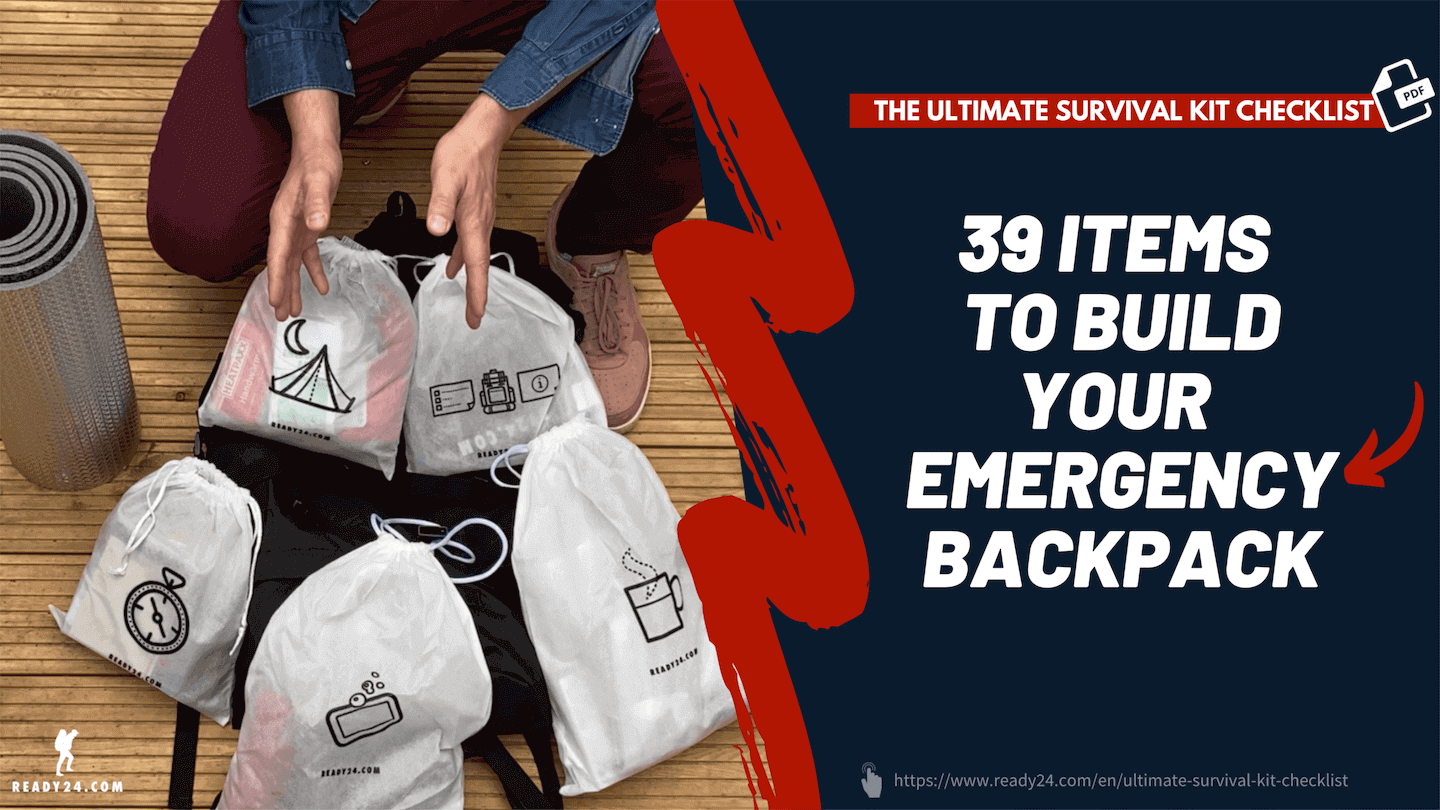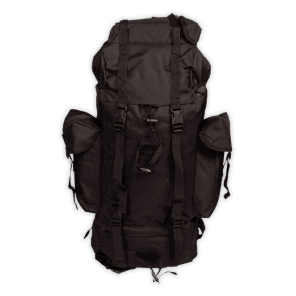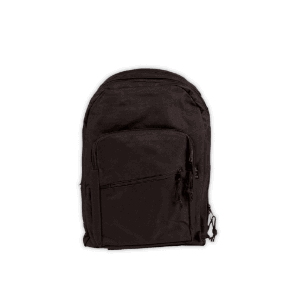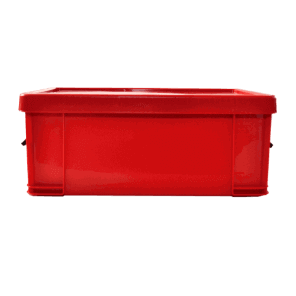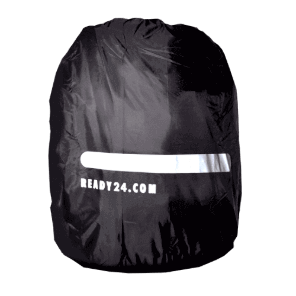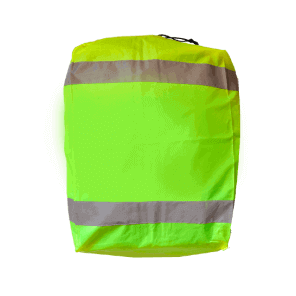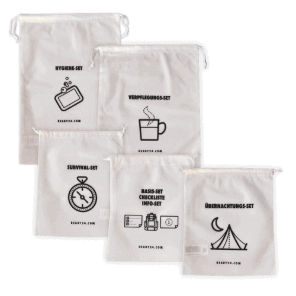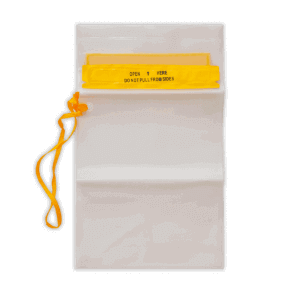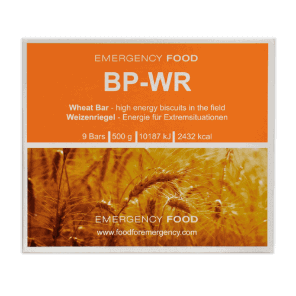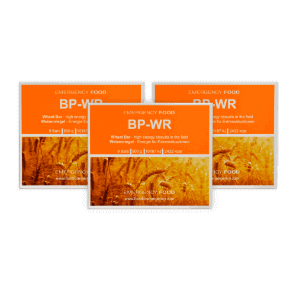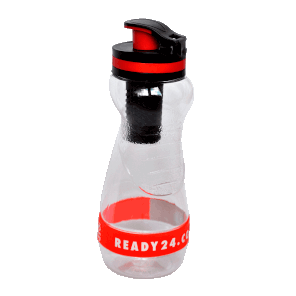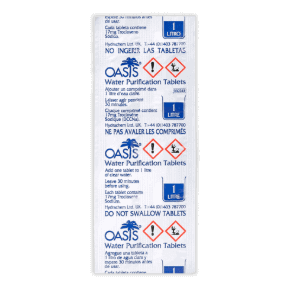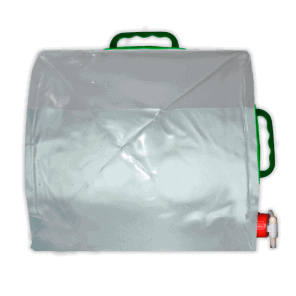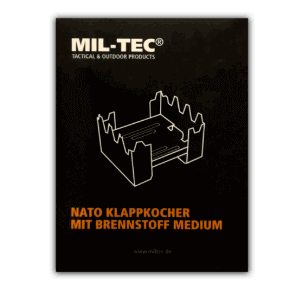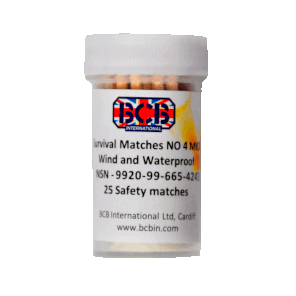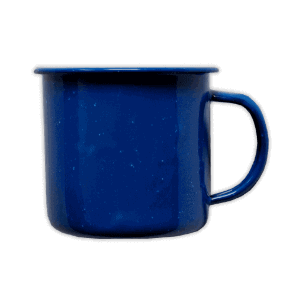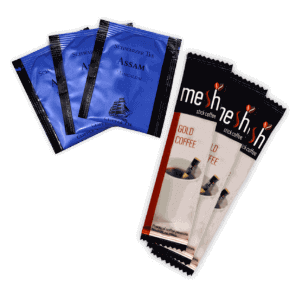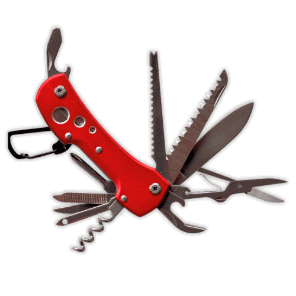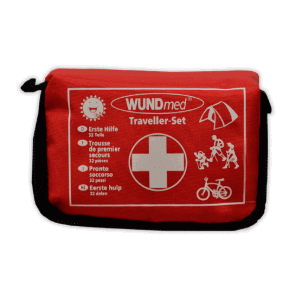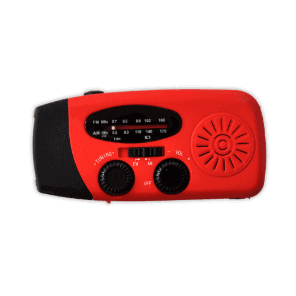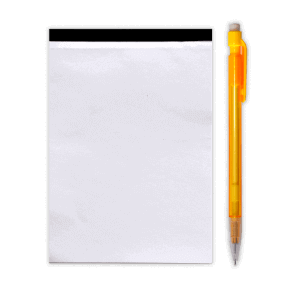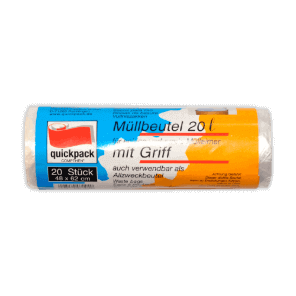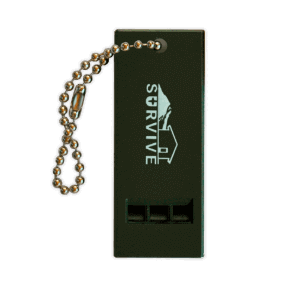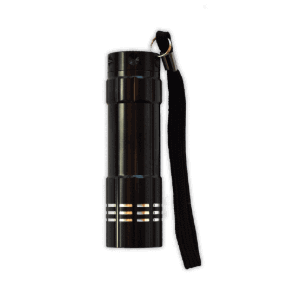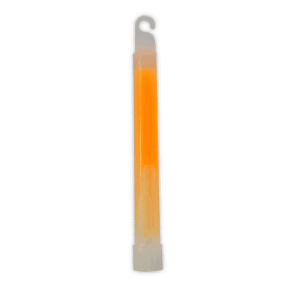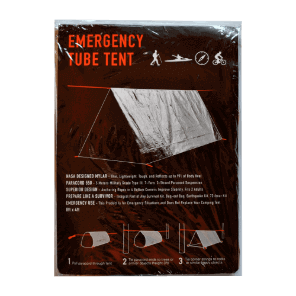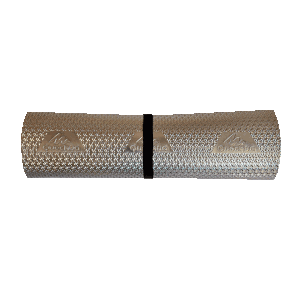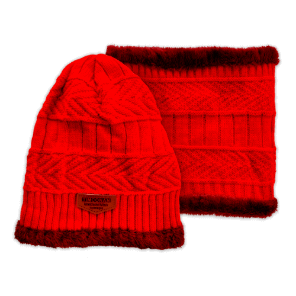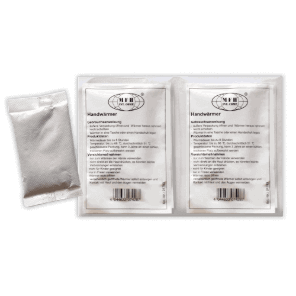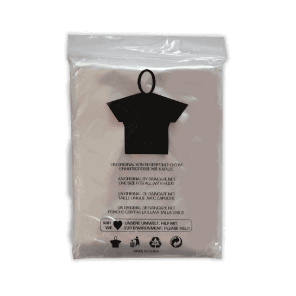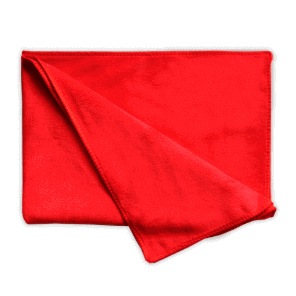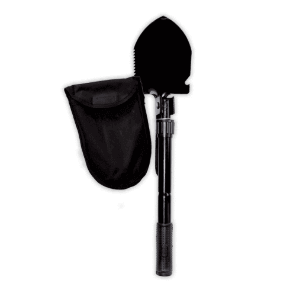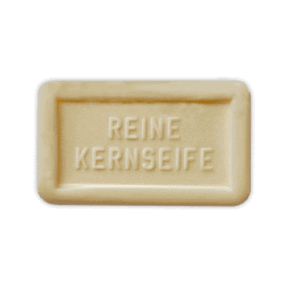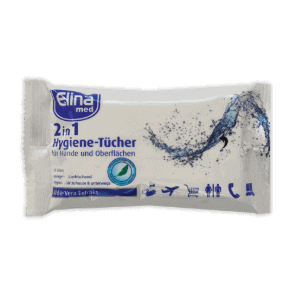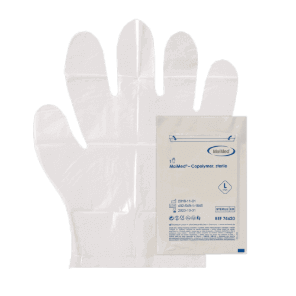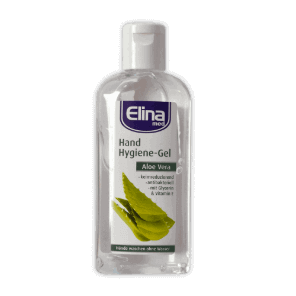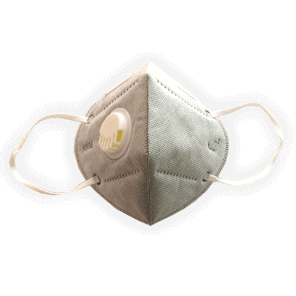Ultimate Survival Kit Checklist
39 ITEMS TO BUILD YOUR EMERGENCY BACKPACK
No TIME to SCROLL?
Then let us email you the PDF version of
our emergency booklet with packing list.
As a visitor to our website, the chances are that you’ve been thinking about getting an emergency kit together for a while now. Of course, you want a complete kit that will really protect you in an emergency. On the other hand, you don’t want to buy any unnecessary items that will only make your emergency kit heavier to carry.
You’ve probably read through several online packing lists and wondered whether you really need all these things. Whether our ready-packed products convince you, or whether you want to make your own emergency kit – this packing list will help you to prepare what you really need in your backpack. It’s based on the Bundesamt für Bevölkerungsschutz und Katastrophenhilfe’s (Germany’s Federal Office of Civil Protection and Disaster Relief) Disaster Relief Guide to Emergency Preparedness and our own research and experience.
Overview of contents:
Products that are necessities
The emergency kit itself
First you need a sturdy container for your supplies. It can be simple, but it should be good quality so that it remains stable even when in motion and in different weather conditions. Your kit could be a backpack or a box depending on what kind of disasters are most likely in your area and what kind of emergency you want to be prepared for.
Here’s what we recommend.
Main backpack, about 65L
The main backpack is the key piece of your emergency kit. It needs to be large enough to hold all your necessary items. Ideally, you’ll need a main compartment and several side compartments to keep a good overview. That’s why our backpack is modelled on the combat backpack of the German army. It also has a water-repellent and UV-resistant coating which makes it highly durable. Additionally, it has outer straps to which you can securely attach an insulated mat, shoes, or other bulky items.
In our pre-packed sets, each individual item is selected to be as light as possible. This means our backpack weighs only 6.5kg, whereas a large backpack packed by yourself could become much heavier. Make sure you choose strong seams and comfortable shoulder straps. If you adjust the backpack correctly the weight will be distributed over your entire back.
If you want to see a demonstration of this backpack take a look at this video (currently only in German):
Additional backpack for other household and family members, about 25L
Of course, when you’re preparing for an emergency as a household or family, there will be some items you’ll only need once. That’s why partner backpacks can be much smaller and lighter. It should mainly include extra food and water supplies, as well as an additional sleeping bag and personal documents.
Our partner backpack has a spacious main compartment and a separate outer pocket with zipper as well as cords to attach the insulated mat and more. It’s so small and light that it can even be carried by a child.
Box for at home or in the office, about 9L
If you are mainly preparing for an emergency that does not require evacuation, such as a power cut ⚡️, a storm 🌪 or a pandemic 🦠, a box can also be very useful. Ideally, it should be made from lightweight plastic, be easy to close and very robust. Make sure it’s easy to carry, e.g. that it has sturdy handles so that you can take it with you or load it into a car if necessary.
⚠️ Note: If you want to prepare a mobile survival kit for someone who cannot carry heavy loads, you might consider a suitcase with wheels or a shopping trolley. Keep in mind that this should be as a last resort because the person will not have their hands free, and wheeled luggage is not suitable for every surface. That’s why it is best to pack only personal items in it such as a change of clothes and toiletries, which can be left behind if necessary.
The following applies to all emergency luggage: efficient packing is crucial! Not only does this save space, but also ensures that even when under stress you can find everything in one go.
2. Rain covers for the backpacks
The best emergency supplies are of little use if they completely soak through as soon as it rains.
Make sure you get a suitable rain cover for your backpack to avoid this problem!
It should be big enough for the fully packed backpack and should have well-sealed seams to ensure that no moisture gets in.
This type of rain cover is light and takes up little space but is worth its weight in gold in an emergency because it keeps clothes, sleeping bag and electronics dry and clean.
Reflective material or a reflective strip is also ideal, so that you are clearly visible in darkness and bad weather conditions.
3. Small bags for organising
Separate bags help you to keep your backpack organised and to find all your items quickly. Each bag should have a specific purpose.
Our pre-packed emergency backpack contains 5 cloth bags:
• Hygiene set – for soap, gloves, toiletries
• Food preparation set – emergency food ration and water bottle
• Survival set – tools, radio and first aid
• Overnight set – emergency tent and sleeping bag
• Basic set – for documents and an up-to-date list of all supplies with last and next date for review
Of course, you can pack as many additional bags as you need, e.g. for medicines, change of clothes or shoes. But there should not be too many of them, so that your organisation doesn’t turn into a wild goose chase!
It would be best to label the bags or choose bags in different colours so that you’ll know immediately which items are inside.
4. Watertight document cover
We recommend a watertight document cover for important documents.
Paper is fragile and original documents can be expensive, so pack everything carefully and waterproof.
With a cover made from clear plastic, you can find and show important documents, even without having to take them out of the cover.
After you’ve prepared backpacks, smaller bags for organising and other containers in this way, it’s time to pack them.
First priority: food and drink.
5. Emergency food supply
You should prepare enough food for each person in your household for three days, ideally with a total calorie intake of about 6000-7500 calories.
If Jelly Babies, cereal bars and tinned meals spring to mind, maybe you need to think again. Regular food has a relatively short shelf life and therefore needs to be replaced regularly. It usually also hasn’t been packaged in a way to save space and weight.
You can opt for special emergency food instead. This usually lasts for a minimum of 5 years and can sometimes last up to 20 years. It’s ideal for your emergency survival kit because you can store it for a long time without any extra effort.
Good brands are also vegan, lactose free and high in calories, and they can be eaten directly from the box or prepared with water to make porridge. This makes them easy to share with people of different ages and different intolerances.
If you or someone in your household has additional restrictions, e.g. gluten intolerance, there are options available and we are happy to find a suitable option for you on request.
Maybe also interesting for you:
What kind of food supply should I keep in the pantry and emergency backpack? - the basics of emergency rations.
6. Water bottle
Water is even more important than food. But packing more than a litre or two will make your emergency backpack too heavy and will hinder you rather than help you.
The best solution that we’ve found for this dilemma is a handy 0.5L water bottle with integrated filter made from BPA-free plastic. You can find it in all our emergency backpacks.
It filters biological and chemical contaminants from outdoor water sources such as streams that are not dependent on urban water supply.
It’s reusable for two months after the first use. Alternatively, you should have at least one normal water bottle ready.
7. Water purification tablets
As an emergency solution and for additional safety, we also recommend water purification tablets.
They purify contaminated water from biological contaminants such as bacteria and viruses within 30 to 120 minutes.
You’ll find 10 of these tablets in our emergency backpacks, enough to treat 10 litres of water.
8. For the home: foldable water container
When you suddenly receive the message that your water is being switched off, it’s usually too late to start searching for empty bottles. Filling the bathtub, although practical, is probably better suited for washing water, rather than drinking water.
So if you’re planning an emergency kit for your home, remember to include a suitable container for hygienic water storage.
In our emergency home kit you’ll find a space-saving foldable water container for twenty litres of water. If tap water is filled into the container in a sterile condition, it will keep for up to six months.
9. Emergency cooker
With an emergency cooker, you can boil water and heat it up for meals and hot drinks even during a power cut or while on the move.
Of course, you can have a classic gas camping cooker ready for use at home.
For the emergency backpack we recommend a special emergency cooker which can easily be packed when folded and can be used with a simple fuel medium 🔥.
You’ll find a reusable emergency cooker like this made by Mil-Tec in our emergency backpack.
Here's a practical example: To heat a cup of water you need about half of the eight enclosed fuel tablets.
🤫 A secret tip: Did you know that you can also use some disinfectants as fuel in an emergency? More about this later.
10. Matches in watertight box
To be able to use your emergency cooker, you need a small fire source.
Matches 🔥 are safer and more reliable than a lighter.
Only dry matches are usable, so keeping them in their normal cardboard box may not be enough. That’s why we pack our matches in a watertight box.
11. Cup for cooking and drinking
A cup is the ideal all-round dinnerware in which you can heat water and prepare food.
Of course, it must be made of heat-resistant material and at the same time be light.
We decided on an enamel cup with a capacity of 350 ml.
12. Hot drinks
Even if it sounds like luxury - a few bags of tea and coffee to brew or mix hardly take up any space and will be worth it.
They can warm you up on a cold night, give you energy when you’re on the move, and if nothing else, a nice cup of tea or coffee will lift your mood.
Once you have water, food, a cooker and eating utensils in your rucksack, you can move on to the next section:
Which equipment is essential?
13. Multifunctional tool / swiss army knife
The swiss army knife is a classic survival item, and rightly so.
It combines many functions such as a knife, wire cutter, pliers, saw, file, can and bottle opener, Phillips screwdriver and slotted screwdriver.
Familiarize yourself with your knife in advance, for example, use it to open a can.
This way you know exactly what your multifunctional tool can do and how to use it in an emergency.
14. First-aid kit
The next essential item is a well-equipped first-aid kit.
It can be used to treat smaller wounds, prevent infections and inflammations, and even treat more serious injuries.
What it should definitely include:
• Plasters and plaster strips
• Compresses and gauze pads
• Safety pin
• Tweezers
• Small scissors
• Triangular bandage
It's been a while since your last first aid course?
In our emergency booklet, which includes a packing list, you’ll find tips and practical examples for use on pages 6 and 7.
15. Crank radio
A crank radio may sound old-fashioned and pointless when we’re used to smartphones. But in reality, radio is one of the most reliable means of communication.
When the going gets tough, it can be your reliable access to information and warnings from authorities in the event of a complete power failure.
This is why it should function without being connected to the power supply system. Our radio is operated by crank or solar power.
With the additional USB port, you can also charge devices such as your mobile phone, so it works like an extra battery.
With the integrated torch you also have a light source that is not dependant on electricity.
16. Notepad and pencil
Maybe you also know the famous story that claims NASA invested millions of dollars to develop a pen that would write in space – while the Russian cosmonauts simply took pencils.
It may not be 100% true, but the humble pencil is and remains a reliable means of writing.
Whether you need to take notes of important information from the authorities or to play games to pass the time, a notepad with a pencil belongs in every emergency kit.
17. Bin bags
Bin bags are good for quick waste disposal and also help if refuse hasn’t been collected for a long time.
They can be used as a temporary container and, if necessary, you can even use them to improvise a wind and rain shelter.
18. Whistle
If we learned one thing from the film Titanic, it’s the importance of a whistle (and also that there’s space for a second person on a door, but that’s another subject).
Jokes aside, an emergency whistle is important to draw attention to yourself in an emergency or evacuation.
19. Torch
An essential item for your home and on the go.
The torch in our backpack is bright, compact, splash-proof and contains batteries.
To be on the safe side, make sure you always have spare batteries.
20. Glow sticks
Glow sticks are a purely chemical light source that is completely independent from electricity and emit light for up to 8 hours while protecting the battery in your torch.
They are also ideal for drawing attention to yourself.
We’ve packed two of them for you in our main backpack, simply bend them gently to activate them.
21. Duct tape
Duct tape is a truly indestructible, heat-resistant and water-repellent cloth tape.
It should find a place in your backpack so that you can attach, repair, seal or insulate something if necessary.
You’ll need scissors to use it, for example the ones from your first-aid kit.
22. Emergency tent
Now it’s time to really get down to business. What if you unexpectedly have to spend a night outside?
It’s crucial to protect yourself from the weather, but a proper tent is often large and impractical to transport. There are emergency tents for this situation.
Exceptionally light and compact, they offer protection against rain, snow and cold, and they can be used several times when used correctly.
This type of tent made from insulating thermal material for 2 people is also in our backpack. This material, which has been specially developed for rescue blankets, is extremely tear-resistant and space-saving.
23. Emergency sleeping bag
Just like the emergency tent, we recommend packing an emergency sleeping bag instead of a regular bulky sleeping bag.
When packed together it’s compact and it protects you from wet weather and hypothermia.
Made from the same thermal material as the tent, the sleeping bag is also reusable.
24. Insulated mat
An insulated mat with compact dimensions when rolled up will complete your emergency overnight shelter.
With it you can sit and lie on soft, warm and dry ground.
We’ve opted for a particularly lightweight version made of foam from the brand Decathlon.
25. Hat and scarf
You’ll have noticed that we deliberately avoid heavy and bulky sleeping bags and tents that may be more comfortable but not practical for an emergency situation.
Instead, we recommend packing thermal base layers, thick socks and a hat.
A hat and scarf are included in our backpack for additional warmth – and should be in yours as well.
This allows you to retain your body heat and protects you from cooling down.
26. Hand warmers
While we’re on the subject of warmth: have you heard of hand warmers?
You could say they’re like a mini pocket oven. When you remove the packaging and they come into contact with oxygen, they start getting warm. After about five minutes you have the perfect heat pad for your hands, or you could put them in your pockets or gloves. They’re compact, practical, efficient and very flexible to use. And they give you seven hours of warmth.
To cut a long story short, these reliable little packets warm up frozen hands and can be placed under your clothes in an emergency situation.
They are a good solution for extra warmth and are a great addition to any emergency backpack.
27. Rain poncho
As well as finding ways to add warmth, you need to make sure you don’t lose any warmth unnecessarily in an emergency.
Wet clothes and hair will make you feel colder.
That's why you should definitely add a rain cover.
In our backpacks you’ll find this in the form of a versatile poncho.
28. Microfibre towel
In contrast to normal terry or cotton towels, microfibre towels are much lighter, space-saving and more absorbent.
They dry in a very short time and because of their antibacterial properties they don’t start to smell as quickly.
With it you have a basic hygiene item and you can dry yourself quickly if you get caught in a rain shower.
29. Hand shovel
Burying the call of nature has been a hygienic and safe solution for thousands of years.
Our emergency backpack is inspired by this age-old principle.
In addition to a pack of tissues there are also wet wipes and a practical folding spade for use as a hand shovel.
The paper and the call of nature can be disposed of in a small hole dug beforehand and then filled up again with soil.
30. Hygiene items
Last but not least, a few hygiene items which we have packed together in a practical set that also belong in your backpack:
Curd soap for personal hygiene and cleaning clothes
Dental care chewing gum (they save space and water, of course you could always just pack a toothbrush)
Hygiene hand gel
Tip: As already mentioned above, the hygiene hand gel is a true multifunctional tool. In an absolute emergency it can be used as a firelighter and fuel due to its high ethanol content. But be careful when using it - only use it in small quantities and make sure that nothing gets on your hands or clothing.
With these 30 items you have all your basic needs covered in an emergency situation: ✅food and drink, ✅warmth and shelter, ✅first aid, ✅ communication needs and ✅personal hygiene.
Depending on your personal situation, a few other items can now be added, which you can include as needed.
TO BE ADDED AS REQUIRED
31. Face mask
The subject of face masks is probably on our mind more than ever before.
If you want to include a face mask in your emergency kit, you have several options that are explained very well here ↗️.
A simple medical mask protects mainly from droplets when coughing and sneezing.
FFP masks are made of non-woven and electrostatic material and can filter out up to 99% of airborne particles down to a size of 0.6 μm.
FFP2 masks protect against harmful substances such as dust, smoke and aerosols.
If you do not have a face mask, it is recommended to keep a damp cloth in front of your mouth if there is danger from radioactive or chemical substances.
32. For children
If you have children, you’ll no doubt be thinking about how to meet their needs in an emergency situation. This may mean packing nappies and special food for smaller children.
For older children, you could prepare their own backpack with toys, paper, pens and books packed in waterproof packaging to give them emotional security, comfort and distraction in an emergency.
If possible, try to involve your children when purchasing and preparing your emergency kit and play through possible emergency scenarios using games and role play. This will reduce psychological impact in an emergency situation and train their sense of self-protection in a practical way.
Tip: There’s also online resources that can help you with this. For example, Sesame Street, with support provided by PSEG, have created a multiple media resource designed to help entire families to plan and prepare together for emergencies.
33. For pets
Do you consider your pet as part of the family? Then of course it needs to be included in your emergency plan.
Depending on the animal you can pack dry or wet food, a stable, lightweight water bowl, an extra microfibre towel and an object which smells familiar like a toy.
While a regular leash is probably enough for a dog, you may need to have a cage or pet carrier ready for a cat or smaller animal.
Especially for cats, there are cat transport backpacks with a practical window and sufficient ventilation, which a family member could take on their back. You can find reviews of some of these backpacks here ↗️.
You should get your pet used to being transported as soon as possible so that it feels comfortable and safe, especially when under stress.
34. Medication
There are two main things to consider: a supply of general emergency medication and ensuring that you have packed your personal medication for at least three days, preferably for two weeks.
For your general supply you can follow the same recommendations that you would use for your medicine cabinet at home, even if slimmed down. You can get an idea here ↗️.
This could include, for example:
· Medicine for pain and fever
· Anti-diarrhoea medicine
· Disinfectant for wounds
· Cream for treating burns
· Pain relief gel for injuries
You could keep your personal medication such as blood pressure medication or other medicines sorted by days in a pill box.
Be sure to note expiry dates and check them regularly or renew the medication at regular intervals.
All medication should be in waterproof packaging.
35. Change of clothes and sturdy shoes
If you have to leave the house in your pyjamas, some extra clothes will be very helpful.
A spare change of clothes is also useful for an evacuation lasting several days and to be prepared for different weather conditions.
Be careful not to pack too much.
We recommend, per person:
· 3 x underwear
· 1 x trousers
· 2 x t-shirts
· 1 x long sleeve top/jumper
It’s best to take clothes that you rarely or never wear anymore. It’s not about looking good in an emergency.
Synthetic materials that can be washed easily and dry quickly are ideal. In addition, you may want to pack a pair of sturdy shoes or tie them to the outside of your backpack.
36. Documents and spare keys
Generally important are
Identification documents
Family certificates and
Advance healthcare directives
On top of this, there is important information such as a list of emergency contacts and, if necessary, a map.
It would also be practical to keep spare keys for your house and car in the document folder.
37. Items for personal use
Think realistically what else you would need in an emergency situation.
This could be additional cutlery like a spoon, so that you can easily share cooked food.
Feminine hygiene products, because emergencies generally always occur at inconvenient times.
Or additional blankets for family members that are very young, older or particularly sensitive to the cold.
38. Bank cards and cash
If it’s possible for you, put a bank card aside for your emergency backpack.
We also recommend packing cash, preferably in coins and small notes. We recommend an amount between 20 and 200 pounds.
39. Packing list
You’ll make life easier for yourself if you include a complete checklist and packing list with which you can regularly check what’s in your backpack and any possible expiry dates on your products.
Have our emergency booklet with checklist and packing list for your emergency backpack sent to you now!
This was our complete overview of all the things that should be in your emergency kit.
We hope you’re fully informed and prepared.
If you feel motivated and prepared 💪 to put together your own emergency kit now, we’re happy that we’ve been able to help you a little!
Or do you feel overwhelmed because it all sounds like a lot of work? Don’t stress – with our ready packed backpacks you’ll find something for you and your family.
We wish you all the best, that you stay healthy and that your emergency kit doesn’t need to be used too quickly.
Your contact for emergency backpacks
Bo-Lennart Freimuth from Ready24.com 👋

